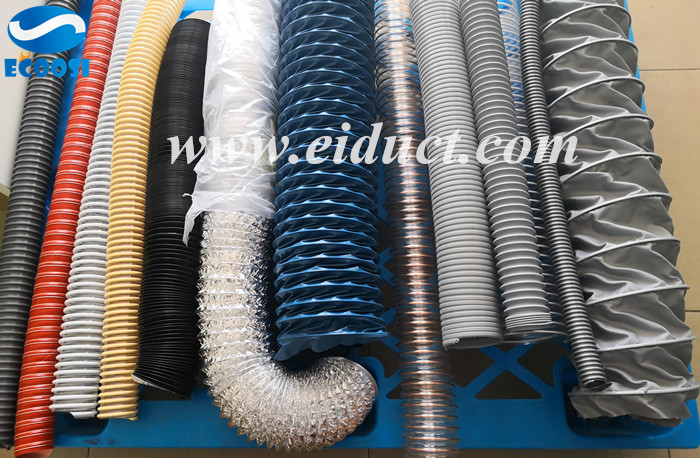
Something you must have to know about dust explosion prevention.
Dust explosion refers to a dust cloud formed by mixing combustible dust with air in a confined space. Under the action of an ignition source, the resulting dust-air mixture burns rapidly and causes a chemical reaction in which temperature and pressure rise sharply.
In recent years, dust explosions are mostly accompanied by aluminum powder, magnesium powder, aluminum processing and grinding powder, various plastic powders, intermediates of organic synthetic drugs, wheat flour, sugar, wood chips, dyes, bakelite ash, milk powder, tea powder, tobacco Production and processing sites where powder, coal dust, plant fiber dust, etc. are generated.
Dust explosion usually requires the following five factors:
01 The dust itself is flammable or explosive;
02 The dust must be suspended in the air and mixed with air or oxygen to reach the explosive limit;
03 There is enough heat energy to cause dust explosion, that is, ignition source;
04 Dust has a certain degree of diffusion;
05 Enclosed space (containers, rooms, buildings, ducting).
The explosion of dust is formed by the following three steps:
01 The suspended dust is rapidly dry distillation or gasification under the action of the heat source to produce combustible gas;
02 Combustible gas is mixed with air and burned;
03 The heat released by the combustion of dust is transferred to the nearby suspended or blown dust by means of heat conduction and flame radiation. These dusts are heated and vaporized and the combustion continues in a cycle. As each cycle progresses successively, the reaction speed gradually increases, and through violent combustion, an explosion is finally formed. This explosive reaction, as well as the speed of the explosion flame, the speed of the explosion wave, and the explosion pressure will continue to accelerate and increase, and will develop in a leap.
What are the commonly used protective measures or programs to deal with dust explosions?
There are five main types of : anti-static, anti-explosion, explosion venting, explosion suppression, and explosion-proof. The main protective equipment involved in the above five schemes includes:
Antistatic Dust Collection Hose
Explosion Panel
Explosion Vent
Flameless Venting
Explosion Isolation Valve
Explosion Suppression Systems
In practical applications, not every protective measure is used alone, and multiple protective measures are often used in combination to achieve more reliable and economical protection purposes.
If any interests in our industrial hose, flexible hose, flexible ducting, ventilation hose, please feel free to click contact us or through email: info@eiduct.com or Mobile(WhatsApp): 00-86-187-1155-3123, or our another website: www.ductinghose.com to contact us, we are always here to satisfy your requirement!
 German
German French
French Spanish
Spanish Portuguese
Portuguese Russian
Russian Japan
Japan Italian
Italian
 Send Email
Send Email Jim5040
Jim5040